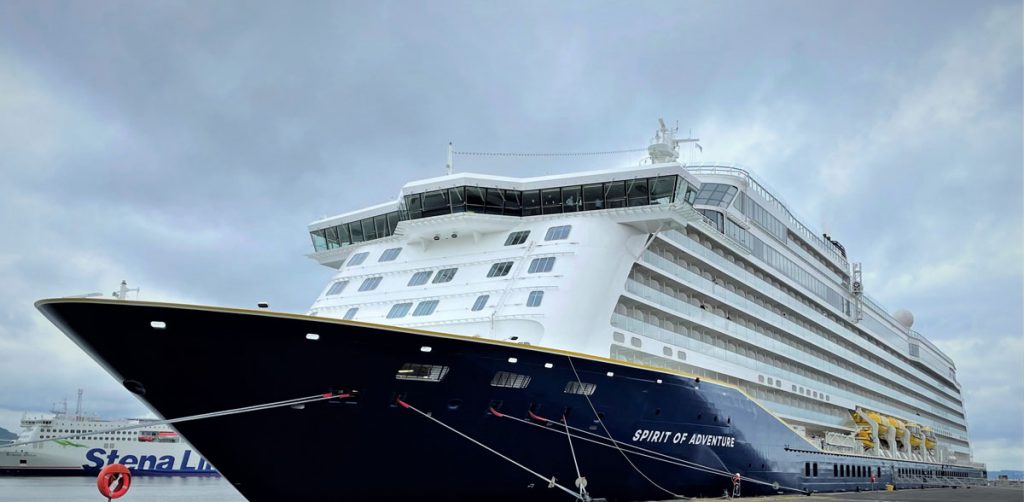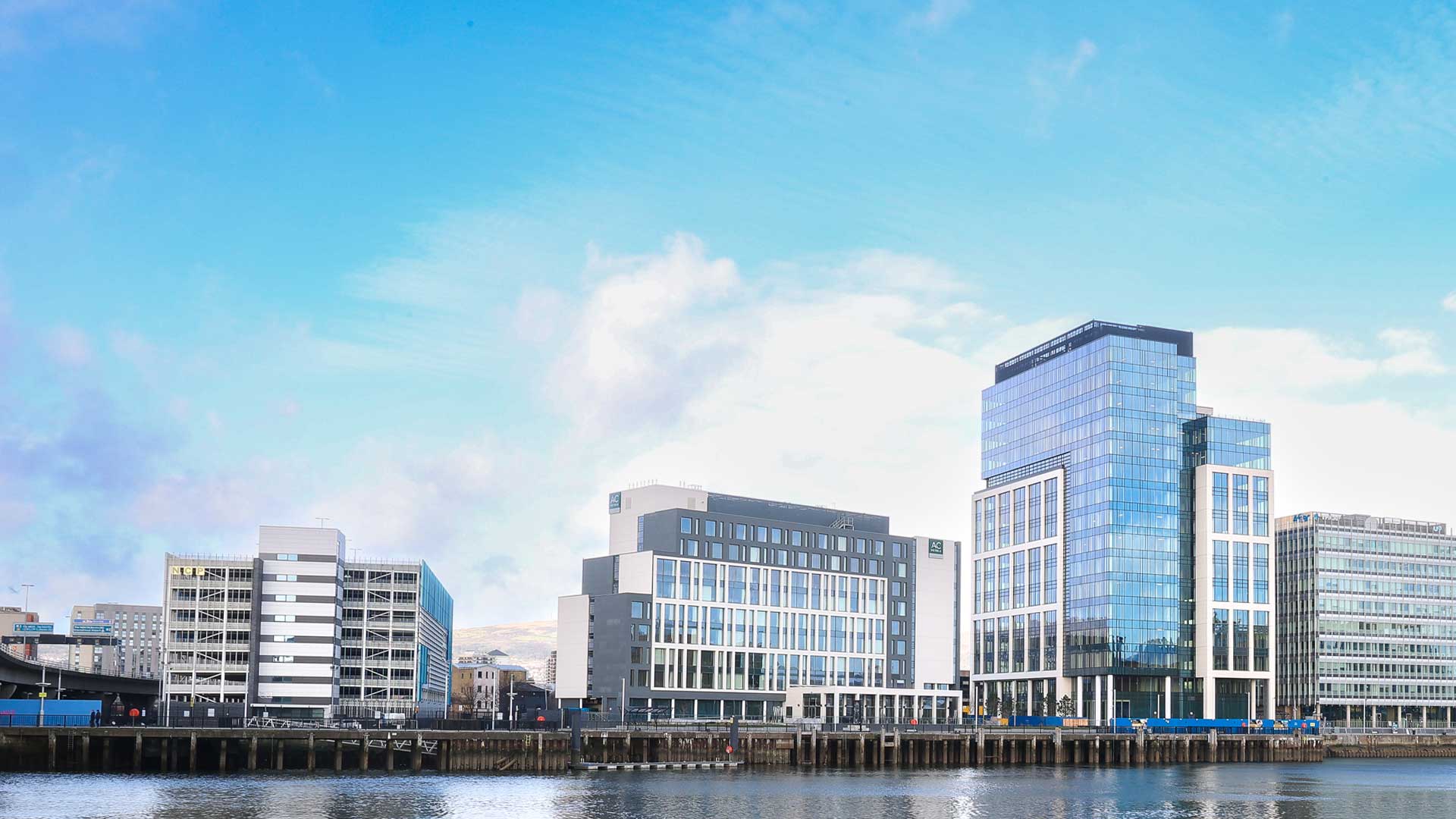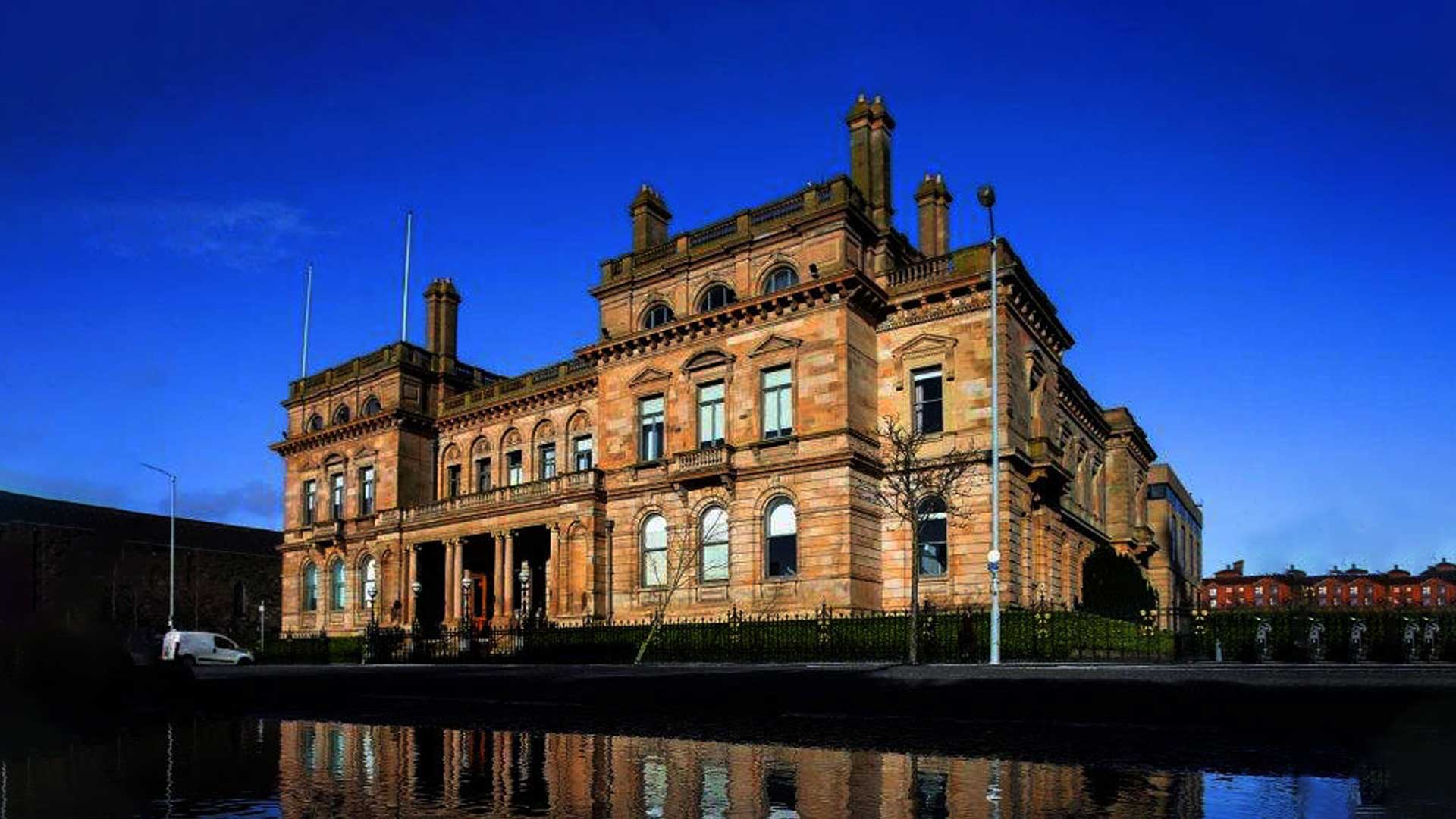EBelfast Harbour reports record tonnages
Belfast Harbour handled a record 17.644m tonnes of cargo last year. Although this is the first time tonnages have risen above 17m since 2007, the Harbour believes that growth opportunities in traditional trades remains subdued.
Belfast Harbour has reported that tonnages handled by the Port during 2011 rose by 7% to a record 17.644m tonnes. The increase was driven by strong performances in the Break Bulk and Roll On / Roll Off (freight vehicles) sectors, as well as increases in Dry Bulk tonnages.
Break Bulk products jumped 23% to 332,000 tonnes. In particular, steel and steel coil traffic doubled in 2011 compared with 2010 reflecting improved activity in Northern Ireland’s engineering manufacturing sector, while the number of freight vehicles using the Port rose by 14%.
Dry Bulk, which includes items such as aggregates and agri-food related products, exceeded four million tonnes for the first time in the Port’s history. There was a record year for stone exports, up 13% to one million tonnes, reflecting ongoing road maintenance and construction projects in Great Britain and Europe. Other notable performers in the sector included scrap metal (up 8%) and salt (up 82%), driven by the cold winter in 2010/11 and expectations of similar conditions this year.
Commenting on the figures, Roy Adair, Belfast Harbour’s CEO, said:
“This is evidently a very positive set of figures for Belfast Harbour, bringing Port tonnages above the 17m mark for the first time since the onset of the global economic downturn in 2007. While there are signs of increased activity in some sectors, the Harbour is not complacent about future growth. The Board will continue to pursue a policy of investing in capital projects to support emerging industries such as renewable energy and to future-proof the demand for new growth at the Harbour through land reclamation.
“Belfast has established itself as the most modern and efficient port on the island, and a leader in the UK’s renewable energy market because it has sought to invest to diversify. That long-term approach has delivered today’s record trade figures, but the corollary is that success in future years is related strongly to the level and quality of investment which the Harbour makes today.
“Projects such as the Harbour’s development of a new £50m terminal for DONG Energy have significantly raised the Port’s profile, and we are progressing a number of UK and overseas-based business leads, particularly from the renewable sector. It is important that the Harbour continues to invest to accommodate and win these land hungry, capital intensive initiatives for Northern Ireland.”
Belfast has also benefitted from the development of new terminals on both sides of the Irish Sea servicing the Belfast to Loch Ryan route and the introduction of new vessels by Stena. This, linked with the rationalisation of ferry services in the Irish Sea, resulted in a 14% increase in the number of freight vehicles (357,000) using the Port and a third consecutive year of increasing container traffic (Load On / Load Off) – up 2% to 129,000 boxes.
Mr. Adair added:
“While tonnages handled at the port suggest that business confidence improved slightly across the board during 2011, it has been very sector dependent. The latest UK GDP figures have confirmed that the outlook continues to be difficult. Consequently, growth opportunities in traditional trades through the Harbour are likely to remain subdued.”
While 2011 was a record year overall, not every trade grew. The local construction industry continued to decline with timber imports falling for the sixth-year running (down 21% on the year) while liquid bulk tonnages fell by 16% as high commodity prices and a warm winter suppressed demand. Passenger numbers passing through Belfast remained static at c.1.26m compared to c.1.3m in 2010.




